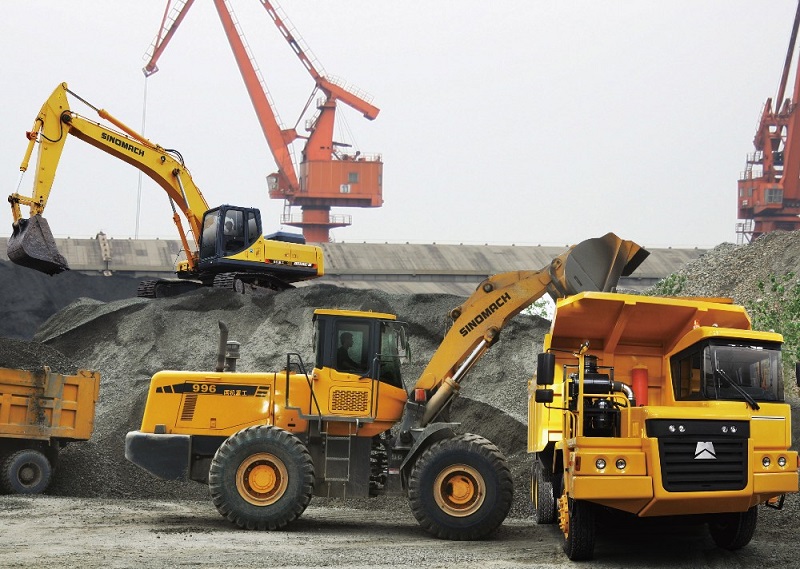Rigging is a critical component of any construction project that involves heavy lifting. It involves the use of ropes, cables, chains, material crane baskets, and other equipment to lift and move heavy objects safely and efficiently. Proper rigging techniques are essential to prevent accidents, ensure worker safety, and protect the integrity of the load being lifted. In this post, we will discuss some important rigging tips to follow on a construction site.
- Conduct a thorough assessment: Before any lifting operation, it is crucial to conduct a thorough assessment of the load to be lifted. This includes determining the weight of the load, its center of gravity, and any potential hazards or obstacles in the lifting path. This information will help you choose the appropriate rigging equipment and techniques.
- Choose the right rigging equipment: Selecting the right rigging equipment is vital to ensure the safe lifting of heavy objects. Factors such as load weight, load type, and environmental conditions should be considered when choosing equipment like slings, shackles, hooks, and lifting beams. It is essential to use equipment with the appropriate weight capacity and load rating to prevent overloading.
- Inspect rigging equipment regularly: Rigging equipment should be inspected regularly for signs of wear, damage, or corrosion. Any damaged or worn-out equipment should be replaced immediately to prevent accidents. It is crucial to follow the manufacturer’s guidelines for inspection and maintenance to ensure the equipment’s reliability.
- Properly secure the load: Before lifting, it is essential to properly secure the load to prevent it from shifting or falling during the lifting operation. This can be achieved by using appropriate slings or chains and ensuring that they are correctly positioned and adequately tightened. The load should be balanced and centered to maintain stability during lifting.
- Use appropriate lifting techniques: Proper lifting techniques are essential to distribute the load weight evenly and avoid excessive stress on the rigging equipment. It is crucial to communicate and coordinate with the lifting team to ensure everyone is aware of their roles and responsibilities. The load should be lifted smoothly and steadily to prevent sudden movements or swings.
- Consider environmental factors: Environmental factors such as wind, rain, or extreme temperatures can significantly impact the safety of a lifting operation. It is important to assess and account for these factors before lifting. In adverse weather conditions, extra precautions may be necessary, such as increasing the number of rigging points or reducing the lifting capacity.
- Communicate effectively: Clear and effective communication among the lifting team is essential to ensure a safe and successful operation. All team members should be aware of the lifting plan, their roles, and any potential hazards. Hand signals or radios can be used to communicate during the lifting operation, especially when visibility is limited.
- Provide adequate training: Proper training is crucial for all personnel involved in rigging operations. Workers should be trained on the safe use of rigging equipment, proper lifting techniques, and the identification of potential hazards. Regular training sessions and refresher courses should be provided to ensure that workers are up to date with the latest safety practices.
- Maintain a safe working area: A clean and organized working area is essential for safe rigging operations. Clear any debris, obstacles, or tripping hazards from the lifting path. Adequate signage and barricades should be used to alert other workers and restrict access to the lifting area.
- Conduct post-lift inspections: After completing a lifting operation, it is important to conduct post-lift inspections to ensure that all rigging equipment is properly stored, and there are no signs of damage or wear. This will help identify any issues that may require attention before the next lifting operation.
In conclusion, following these heavy lifting rigging tips on a construction site is essential for ensuring the safety of workers and the success of lifting operations. By conducting thorough assessments, using appropriate equipment, practicing proper lifting techniques, and maintaining a safe working environment, construction projects can minimize the risks associated with heavy lifting and achieve their objectives efficiently. Remember, safety should always be the top priority when it comes to construction site rigging.

